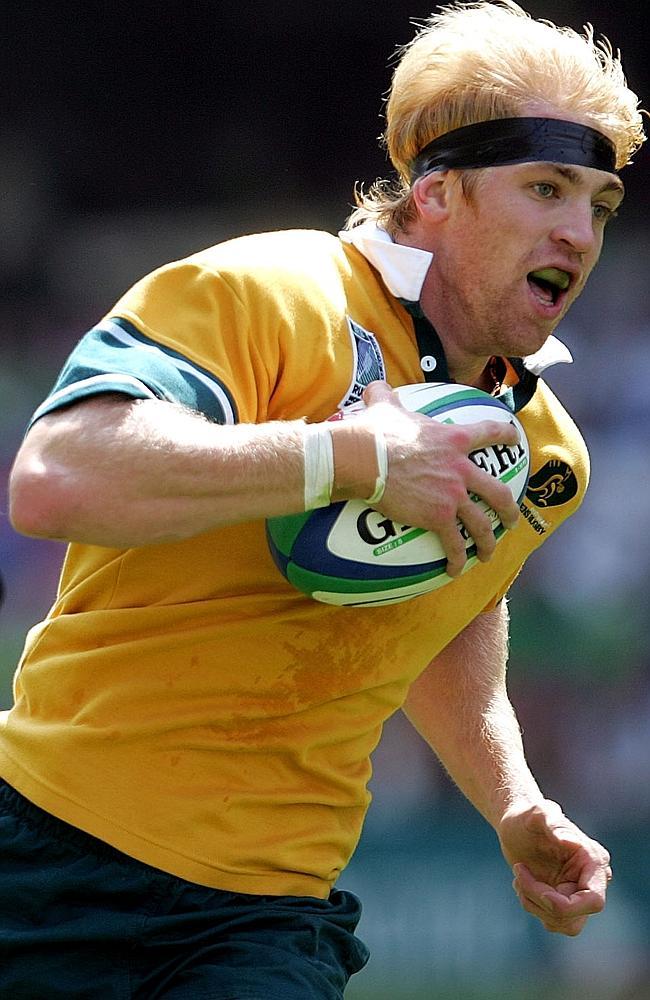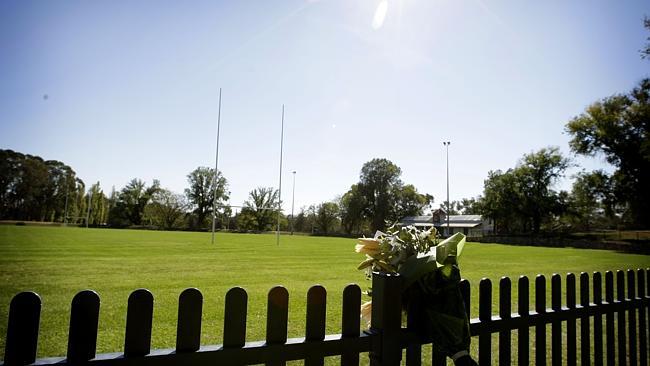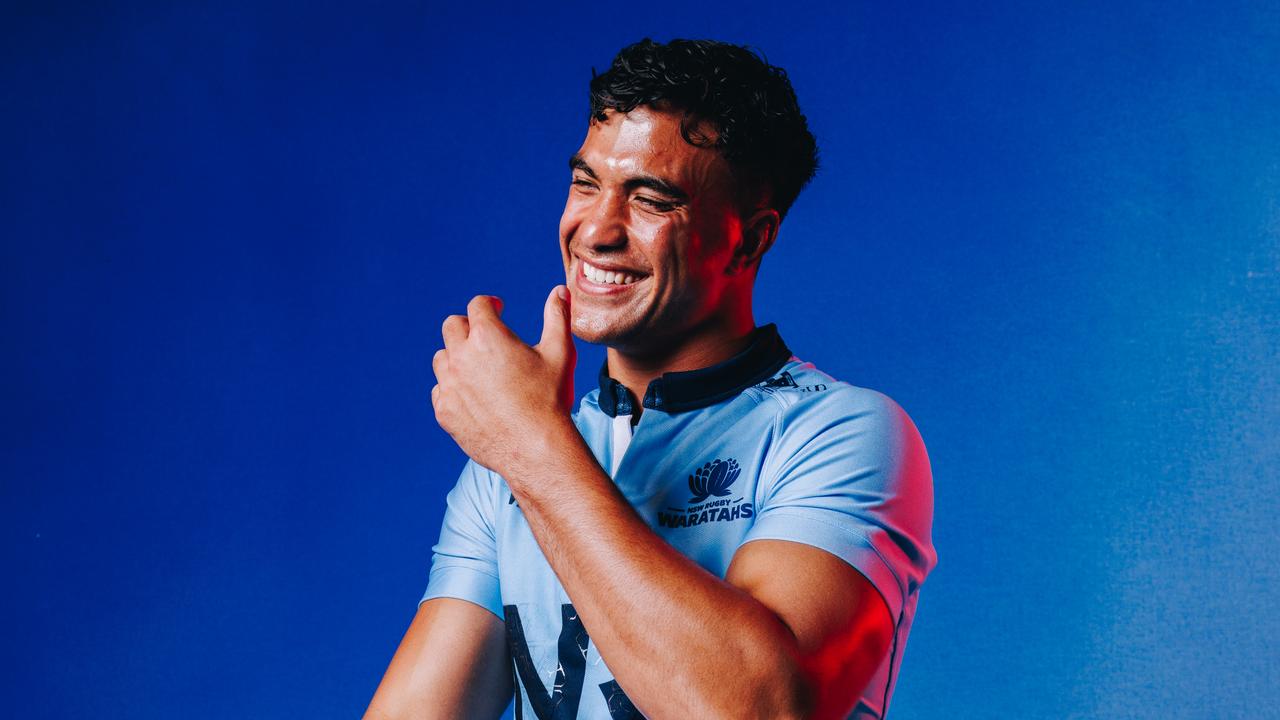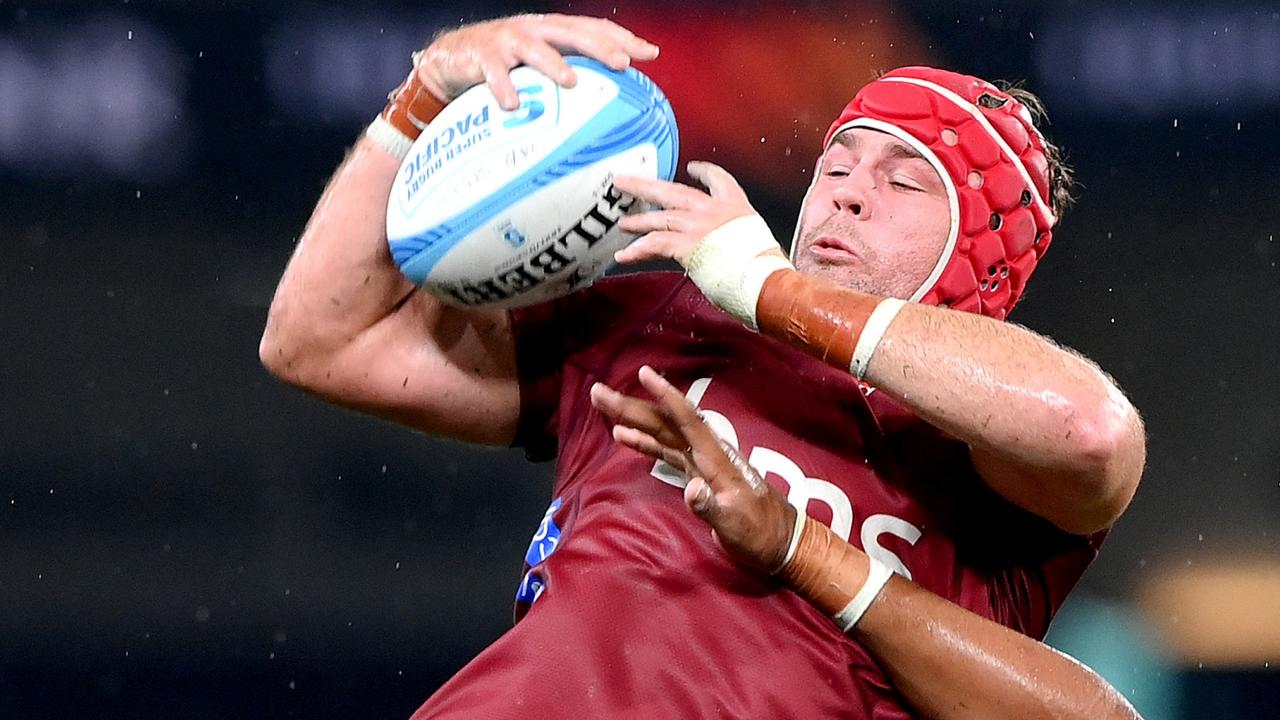Stephen Hoiles opens up five years after the death of lifelong pal Shawn Mackay
IN Durban last week Waratah Stephen Hoiles jumped in a van and, for the first time, drove to a place that broke his heart five years earlier.
ON the Waratahs’ final day in Durban last week, Stephen Hoiles jumped in a van and, for the first time, drove to a place that broke his heart five years earlier.
The non-descript street is like hundreds of others in South Africa but for Hoiles, his mates and the Brumbies, it will always be the place they lost a good man.
Here, in 2009, was the spot ACT forward Shawn Mackay was struck by a car after a night out, which resulted in serious injuries and an infection that claimed the life of the 27-year-old a week later.
It was a gut-wrenching time for Australian rugby, particularly for a big group of Brumbies who were with Mackay that night, having celebrated a birthday in a popular club.
For Hoiles, then the ACT captain, the pain has always been sharpened by the fact he wasn’t one of them.
“I missed that tour with a knee injury, so the Tahs’ trip was literally the first time I had been back to Durban,” Hoiles says.
Along with best mates Morgan Turinui and Pat Phibbs, Hoiles and Mackay were tight from childhood, having been to school together before playing for Randwick and finally the Brumbies.
Just over a week before the accident, he beamed with pride as Mackay made his Super Rugby debut after years of knocking — hard — on doors. A few weeks later Hoiles was one of his shattered pallbearers.
Back in South Africa with his new club the Waratahs, Hoiles quietly walked the Durban street with one of the security officers ARU teams routinely hire on tour. The same ex-army man, Ryan, was driving a mini-bus to take players home on that night in 2009.
“I asked him to go down to the place and talk me through it,” Hoiles said.

“It was a relief to be able to do it in a way, because in my mind I have had a vision of what happened but I didn’t know the area at all. I’d never been to that bar.
“I’d heard the stories from the players and stuff, but I just wanted to see for myself.
“I don’t even know how to describe why … I don’t know if closure was the right word, but I was just glad that Ryan was able to show me. The tough part was there were still so many “what ifs” and you still think “why?”.”
Hoiles’ Durban visit came, coincidentally, just a few days before the five-year anniversary of Mackay’s passing, which fell on April 6. Social media was littered with tributes.
“It’s surreal to think it’s been five years to be honest,” Hoiles says.
“I stay in touch with Shawn’s family, and I spoke to them before I went over to Africa.
“It was a bit weird being there, but just being there made me think a lot about Shawn and reflect. Not necessarily about the incident, but it just made me reflect about Shawn more.
“I spoke to Morgs (Turinuri) last week, and it’s funny, it was nice to see people remembering it. These things can so easily be forgotten.”
Mackay’s memory still burns strongly throughout Australian rugby. Wallaby star Matt Toomua, who lived with Mackay in Canberra, still pens his flatmate’s Brumbies number, 118, on wrist tape before every game.

Every year the Shawn Mackay award for Australia’s best sevens players is presented at the John Eales medal night, and plenty still do double-takes when Shawn’s younger brother Matt runs out at flanker for Easts.
“It’s a bit uncanny when you watch him, actually, he’s very similar to Shawn. It’s nice to see Matt building his career,” Hoiles says.
Hoiles and the Waverley crew gather often to tell stories about their mate, and the Waratah flanker tries to visit Mackay at his resting place when possible.
“I have taken the kids to the cemetery a few times. Yeah, it’s nice, people have their own ways of remembering him,” Hoiles said.
If that street in Durban had have stayed just another street, what would Shawn Mackay be doing now, you ask?
“Knowing what he’s like, he was a guy who’d taken a little bit longer to get to where he wanted to go, so I feel like he would be in the prime of his career now, whether it be here or even back in sevens,” Hoiles answers.
“He was a gifted sevens player so he might have spent some time overseas in fifteens and then come back and chased the sevens dream again, as a stalwart for the Olympics.”
Maybe even back coaching the Aussie women’s sevens team, as he’d vowed to do if Olympic status came?
“Who knows, I guess, but you just know wherever it was he’d be doing exactly what he’d always done,” Hoiles says.
“He’d be busting his gut to get as far as he possibly can. That was his go. He had a huge ticker.”


